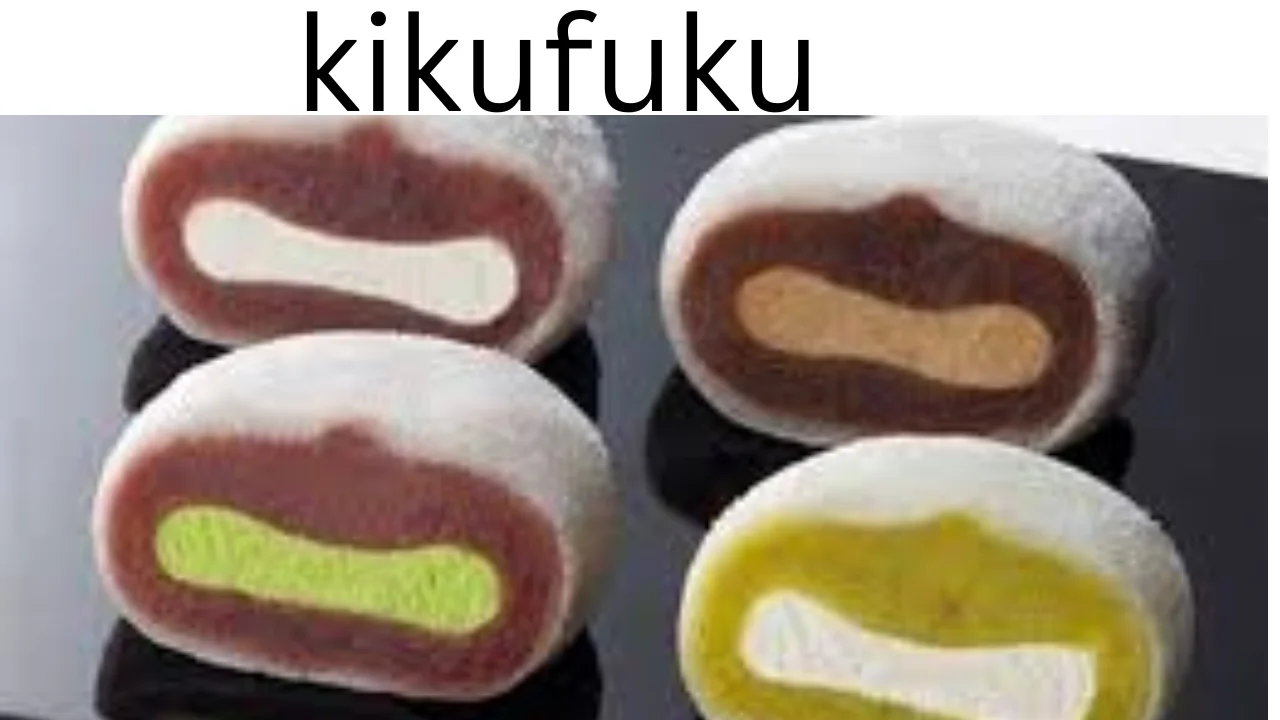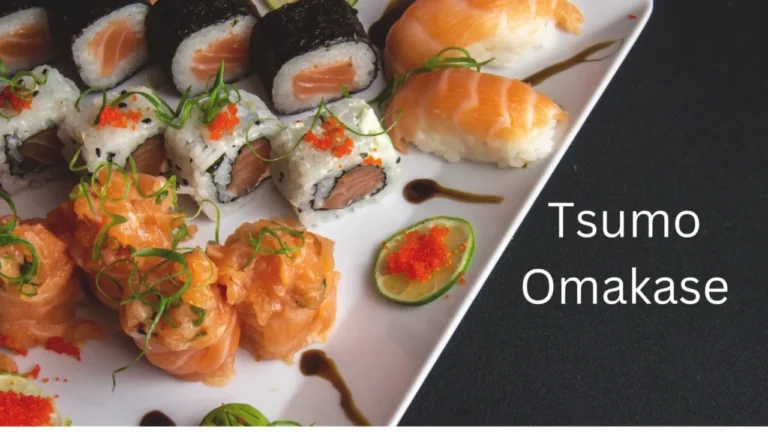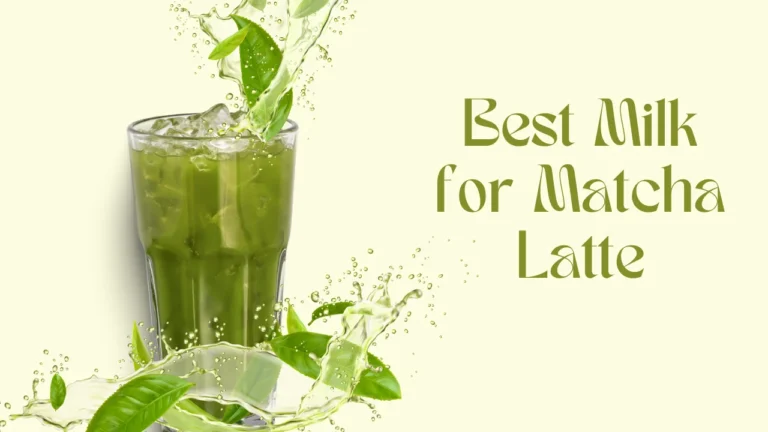Kikufuku Perfect Blend of Tradition and Modernity in Japanese Confectionery
Kikufuku is a delightful Japanese confection that has captured the hearts of many with its unique blend of traditional and modern flavors. Originating from Sendai City in Miyagi Prefecture, this sweet treat offers a taste of Japan’s rich culinary heritage.
Origins and Creation
Kikufuku was developed by the esteemed tea company, Ocha no Igeta, established in 1920, a name synonymous with premium-quality teas. With a legacy deeply rooted in traditional Japanese tea culture, the company sought to expand its offerings by venturing into the realm of confectionery. Their goal was to create a dessert that could perfectly complement their teas, enhancing the overall experience of tea-drinking.
This ambition gave birth to it, a confection that harmoniously combines the soft, chewy texture of freshly made mochi with rich, flavorful fillings. Each piece is designed to balance the delicate sweetness of the fillings with the subtle flavor of mochi, making it a delightful accompaniment to a steaming cup of tea. Over the years, it has become a signature product of Ocha no Igeta, reflecting their dedication to blending innovation with tradition in Japanese sweets. Today, it remains a favorite among locals and visitors alike, celebrated for its exceptional taste and cultural significance.
Also Read: Psychology of an Alpha Submissive Understanding Dual Nature
Composition and Flavors
At its core, Kikufuku consists of a soft mochi exterior encasing a blend of sweet red bean paste (anko) and fresh cream. This combination results in a dessert that is both satisfying and refreshing. The traditional anko provides a familiar sweetness, while the cream adds a modern twist.
Kikufuku is available in several flavors, each offering a unique taste experience:
- Matcha (Green Tea): Infused with high-quality matcha powder, this variant provides a slightly bitter yet sweet flavor, appealing to green tea enthusiasts.
- Hojicha (Roasted Green Tea): Featuring the distinct, smoky notes of roasted green tea, this flavor offers a deeper, more robust taste.
- Zunda (Sweetened Edamame Paste): A regional specialty, zunda is made from mashed edamame beans, giving a fresh, slightly nutty flavor.
- Plain Fresh Cream: For those who prefer simplicity, this variant focuses on the creamy filling without additional flavors.
Cultural Significance
Kikufuku holds a cherished place in Japanese culture, particularly in the city of Sendai, where it originated. It is more than just a dessert—it is a symbol of artistry and the seamless blend of tradition and innovation. Often enjoyed during tea ceremonies, it complements the refined flavors of Japanese tea, making it a staple at cultural and ceremonial gatherings. Its delicate construction, with soft mochi and rich fillings, reflects the meticulous craftsmanship characteristic of Japanese confectionery.
This delightful treat has grown far beyond its regional roots, capturing the hearts of both locals and tourists. Visitors to Sendai often seek out it as a must-try delicacy and a memorable souvenir of their journey. Its unique fusion of traditional ingredients like anko (sweet bean paste) and modern elements like fresh cream has given it widespread appeal. As its reputation has spread, it has become a sought-after indulgence, representing the harmonious blend of Japan’s rich cultural heritage and its willingness to embrace innovation.
Also Read: Alexandra Hollywood From Culinary Passion to Personal Resilience
Popularity in Modern Media
The anime series Jujutsu Kaisen has played a significant role in amplifying the global recognition of Kikufuku. In the show, the immensely popular character Gojo Satoru openly expresses his love for the zunda cream flavor of Kikufuku, making it a notable feature of his persona. This lighthearted detail not only adds charm to the character but also piqued the curiosity of fans worldwide, who began seeking out this unique treat for themselves.
This media exposure has effectively introduced it to a global audience. Transcending its origins in Sendai and capturing the attention of anime enthusiasts and food lovers alike. Many fans associate the dessert with Gojo’s charismatic personality, further enhancing its appeal. As a result, it’s popularity has surged, with international demand growing through online platforms and Japanese specialty stores. This cultural crossover demonstrates how traditional confections like it can find new life and appreciation in modern pop culture, connecting audiences across borders.
Availability and Consumption
Traditionally, Kikufuku is sold frozen to ensure its freshness and preserve the delicate balance of textures and flavors. Consumers are encouraged to thaw it naturally at room temperature before enjoying its soft, chewy mochi exterior and creamy filling. This natural thawing process enhances the experience. As it brings out the perfect consistency of the mochi while keeping the cream filling smooth and flavorful.
During warmer months, it offers a versatile twist. Many people enjoy it semi-frozen, which gives the dessert an ice cream-like texture, making it a refreshing treat to beat the summer heat. This versatility adds to its charm, allowing it to cater to varying tastes and preferences throughout the year.
Also Read: Tsumo Omakase Ultimate Japanese Dining Experience in NYC
Although Kikufuku is a specialty of Sendai, efforts to make it accessible to a wider audience have been successful. It is now available through online platforms, specialty Japanese stores, and international collaborations. Making it easier for people outside Japan to savor this unique dessert. These distribution efforts have helped it gain global popularity. Ensuring that this delightful blend of tradition and innovation can be enjoyed by dessert enthusiasts worldwide.
Nutritional Information
Understanding the nutritional content of Kikufuku is essential for health-conscious consumers. While specific values may vary based on flavor and preparation, a general overview is provided below:
| Nutrient | Approximate Amount per Piece |
|---|---|
| Calories | 150-200 kcal |
| Carbohydrates | 30-35 g |
| Sugars | 15-20 g |
| Protein | 2-3 g |
| Fat | 3-5 g |
| Fiber | 1-2 g |
| Sodium | 50-100 mg |
Note: These values are approximate and can vary based on specific ingredients and preparation methods.
Also Read: Guide to Roblox Rizz Tips, Tricks, and How to Master It
Making Kikufuku at Home
For those interested in recreating it, several recipes are available online. Each offering detailed guidance to capture the authentic taste of this beloved dessert. The process typically starts with preparing the mochi dough. A task that requires precision to achieve the right balance of softness and elasticity. Glutinous rice flour is mixed with water and sugar, then steamed or microwaved until it forms a smooth, pliable dough.
Creating the desired filling is the next step, with traditional options like sweet red bean paste or zunda cream being popular choices. For a modern twist, some recipes suggest using chocolate ganache, fruit preserves, or flavored creams. Once the components are ready, the mochi dough is portioned and carefully stretched to encase the filling, ensuring a seamless, bite-sized treat.
Conclusion
Kikufuku stands as a testament to Japan’s ability to blend tradition with modernity in its culinary creations. This delightful dessert not only showcases the skillful craftsmanship of Japanese confectioners. But also embodies the country’s deep respect for its cultural heritage while embracing contemporary trends. Whether enjoyed in its birthplace of Sendai or recreated at home it offers a unique taste experience that continues to delight people around the world.
The smooth texture of the mochi and the rich, creamy fillings make Kikufuku a favorite among dessert lovers of all ages. Its versatility allows it to be enjoyed year-round, with variations in serving styles adding to its charm. The frozen option makes it a refreshing treat during summer. While the thawed version pairs perfectly with a warm cup of green tea in cooler seasons.





